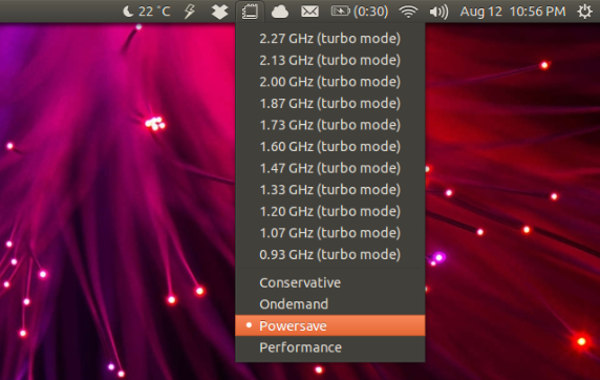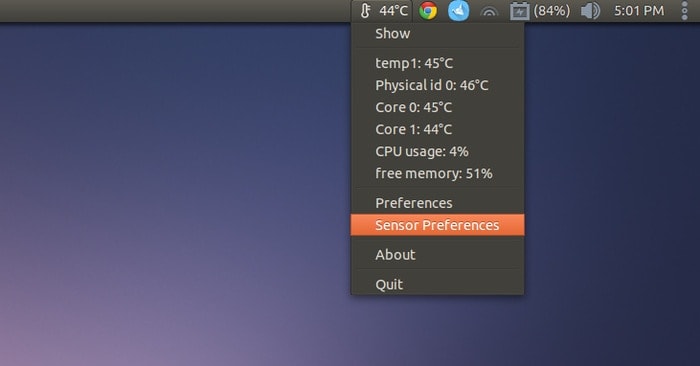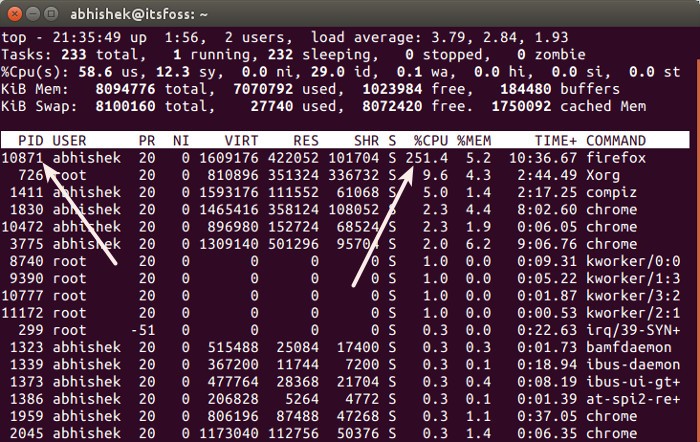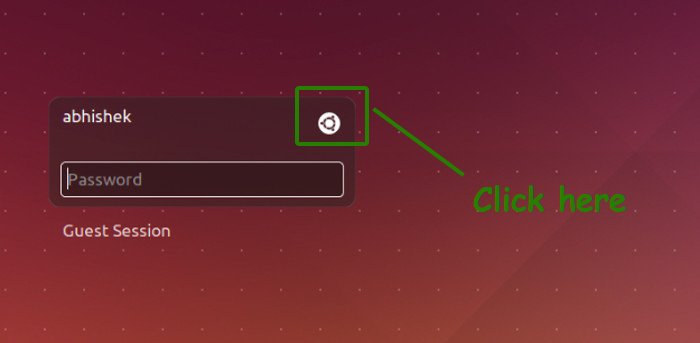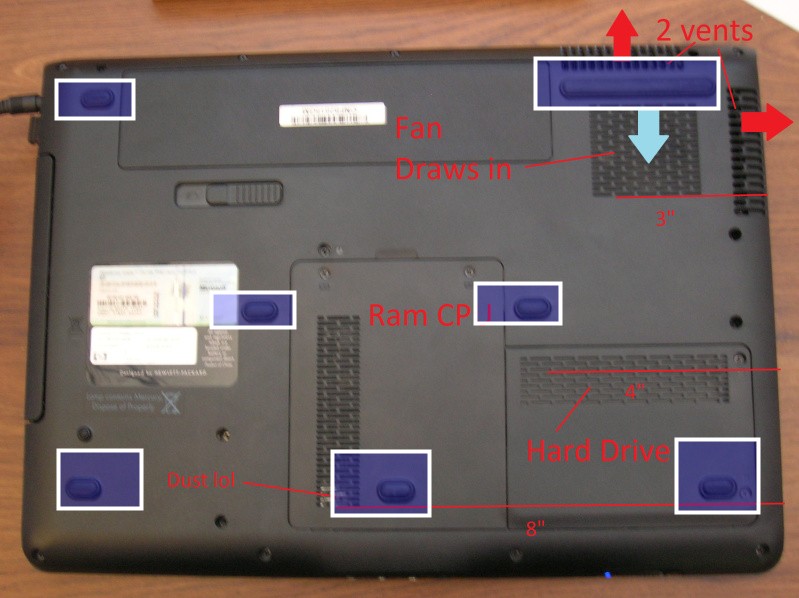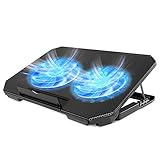Looking for laptop overheating solutions in Linux? Trust me, you are the not the only one facing laptop overheating issue in Linux. As the mercury rises in the summer season, the fan speed of the computer goes nuts. If you are using a laptop, it becomes unbearable to use it in your lap for its bottom is too hot to handle. You might wonder if there is a way to prevent overheating of laptops and I am going to tell you several ways to prevent laptop overheating in any Linux distribution, if not eliminate it entirely (which is almost impossible).
Reduce overheating of laptops in Linux
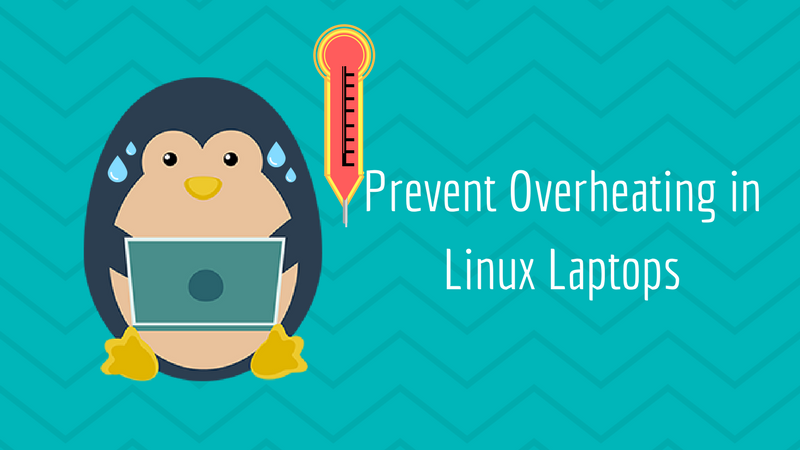
We will see various tools that you can use to control CPU temperature, monitor apps and their effects on hardware temperature, daemons which you can install and forget along with best practices you should follow to reduce overheating of laptops. The tips stated here should be applicable to all Linux distributions such as Ubuntu, Linux Mint, Fedora, Arch Linux, elementary OS etc. It should also work for all kind of laptops i.e. HP, Acer, Dell, Toshiba etc. I have used them with Ubuntu installed on an Acer laptop.
A. Tools you can install to prevent overheating of laptops in Linux
1. TLP
TLP is my favorite power management tool in Linux. It’s a daemon that is pre-configured to reduce overheating as well as improve battery life. You just need to install TLP and restart your system. It will be auto-start at each boot and keep on running in background. I have always included installation of TLP in top things to do after installing Ubuntu for its simplicity and usefulness.
To install TLP in Ubuntu based Linux distributions, use the following commands:
sudo add-apt-repository ppa:linrunner/tlp
sudo apt-get update
sudo apt-get install tlp tlp-rdwIf you are using ThinkPads, you require an additional step:
sudo apt-get install tp-smapi-dkms acpi-call-dkmsRestart your system after installation. Check this page for installation instructions in other Linux distributions.
You may start to feel the difference in few hours or in couple of days. To uninstall TLP, you can use the following commands:
sudo apt-get remove tlp
sudo add-apt-repository --remove ppa:linrunner/tlp2. thermald
Developed by Intel’s Open Source division, Linux Thermal Daemon (thermald) is a tool that monitors and controls the CPU temperature, resulting in reduced overheating. Thermald is available in Ubuntu repositories and can be installed using the following command:
sudo apt-get install thermald
It should be available in repositories of other distributions as well. As per the users’ feedback, thermald and TLP do not conflict with each other so you can install both of these together. You can read about how to enable intel p_state here.
3. Laptop Mode Tools
Laptop Mode Tools is a laptop power saving package for Linux systems that allows you to configure it in several ways to get more battery life. You might be wondering why am I talking about extending battery life when we are aiming to reduce overheating? The reason is that running your laptop in power save mode does reduces overheating. So, this Laptop Mode Tools will help you get extended battery life as well as reduce overheating to an extent. Unfortunately, Laptop Mode Tools and TLP doesn’t go well together therefore you need to uninstall TLP before you go on installing Laptop Mode Tools.
You can use the following PPA by WebUpd8 to install Laptop Mode Tools in Ubuntu based Linux distributions:
sudo add-apt-repository ppa:webupd8team/unstable
sudo apt-get update
sudo apt-get install laptop-mode-toolsIt also has a GUI that let’s you easily configure the tool. You can start the GUI using the command below:
gksu lmt-config-gui4. CPUfreq
With CPUfreq, you can choose the mode you want the laptop to run in. There are three modes, performance, on demand and power saver. Running the laptop in Power Saver mode reduces overheating. The tool is easy to use thanks to its indicator applet in Ubuntu. To install CPUfreq in Ubuntu based Linux distributions, use the following command:
sudo apt-get install indicator-cpufreq
When installed, just choose the power saver mode from the indicator applet.
Last I know, CPUfreq doesn’t conflict with TLP. I think it should not conflict with thermald and Laptop Mode Tools as well (if you install them as well).
Out of the four tools mentioned, which one should go with?? Answer differs from person to person. I usually install TLP along with CPUfreq. But you can try each one of them one by one to see which one works the best for you. It will be easier to see the performance of these tools if you monitor your computer’s temperature. We are going to see next on how to monitor hardware temperature.
B. Monitor hardware temperature
If you are planning to install or already installed one (or more) of the above tools, try to see the difference between temperature before and after the installation of the tool in similar working condition. Monitoring hardware temperature is also helpful in diagnosing if there is a particular application that consumes too much of CPU resulting in overheating of computer. At times, some applications consume too much of CPU. Getting rid of such applications may also result in overheat reduction.
To monitor hardware temperature, we will be using Psensor. Psensor is a GUI tool that allows you to monitor CPU, GPU, hard disk temperature along with fan rotation speed. It provides a real time graphical way to show the requested data.
Before you install Psensor, you need to install a few more things to make it work. Use the following command first:
sudo apt-get install lm-sensors hddtempThen start the detection of your hardware sensors:
sudo sensors-detectOnce everything in place, use the following command to install Psensor:
sudo apt-get install psensorIn Ubuntu, Psensor also has an indicator applet for quick access to the monitoring information.
Read this article on hardware monitoring with Psensor in Ubuntu to learn more on how to configure Psensor.
C. Find out the culprit application
Sometimes, a single program or process might start to consume too much of CPU. When your CPU is 100% utilized, this results in overheating of the processor and you can actually hear fan blurring and loud noise from the system.
The culprit could be anything. For example, a web browser tab that is running a script that is consuming way too many resources or an applet that has gone rogue. For example, in Ubuntu 16.04, there was a Samba vulnerability that consumed 100% CPU.
If your laptop is suddenly gets too hot and starts making noises, it is a good indication that there is a culprit application that has caused it.
Open a terminal and type the following command:
topThis command gives a real-time list of the most CPU intensive tasks on the system. So, you will see the process that consumes the most of the CPU resources on the top. All you need to see if there is a process that is consuming 60-100% of CPU.
For example, in the screenshot below, Firefox is consuming 250% of CPU. This is unusual.
If there is such a process, get its Process ID and kill it. You can use the kill command in the following fashion:
sudo kill -9 pid_numberYou can read his post on how to find the PID of a process and kill it.
If a program repeatedly consumes excessive CPU, you might want to uninstall it and use an alternative. It could happen that a certain version of he application has memory issues or some other bug. An update on the application may fix the issue, but till then, you can choose to not use it.
D. Try a lighter desktop environment
If your laptop is slightly on the lower end of hardware, there are chances that it might be struggling to keep up with the performance demand of newer desktop environments such as Unity and GNOME. Quite obviously, if your CPU is always worked up, it will result in overheating. I am not a fan of this solution but if you could, try to settle for a lighter desktop environment such as LXDE or XFCE.
To install Ubuntu version of XFCE, use the following commands:
sudo apt-get install xubuntu-desktopTo install LXDE, just look for it in Ubuntu Software Center. For other Linux distributions, check the Wiki and help forums of your distribution to find the installation instructions. Once you install a desktop environment, log out and change the desktop environment from the login screen:
E. Best practices to prevent laptop overheating
So far we have talked about soft(ware) way of dealing with overheating issue. Let’s take the hard(ware) road. There are few general practices and things to keep in mind while using a laptop that should prevent overheating.
1. Don’t use laptops on fabrics directly
I understand that a laptop was intended to use in the lap but it often creates the problem. If you turn over your laptop, you’ll find that the bottom of the laptop is elevated slightly at the corners on the edges with the help of wedges (see the white squares in the above picture). This is designed in such way because laptop sucks air from the bottom to keep its cool. When you use it on your lap or any other uneven surface, the passage of air is blocked. Result is overheating.
If you use your laptop in your bed on your quilt (comforter), it is even more harmful. This way not only the air vent is obstructed, laptops also suck some cotton or fur that gets stuck in the air ducts and fan. This adds up to the overheating trouble you are already facing. What can you do in such case?
If you ask me, I always use a hard plain surface under the laptop, no matter where I am using it. It’s actually a big cardboard calendar which I got from my company. Works quite well for me. If you could shell out a few bucks, try to buy a laptop cooling or thermal pad. It could help to reduce overheating.
2. Get your laptop cleaned from time to time
As we discussed in the above section, if your laptop’s air ducts are jammed with fabrics and dust, your laptop will have a persistent overheating problem. Just look at the bottom of your laptop and look closely in the places where there are opening for air. Is it jammed up? How does the fan of your laptop sounds? Is it too noisy? If yes, it might need some cleaning.
Now, this is the hard part. If you are an experienced one with enough confidence, you can fetch a screwdriver and start cleaning your laptop to make some room for passing air. But if you not confident enough, don’t try on your own, you might end up damaging the laptop. In such case, I’ll suggest taking help of a professional. Look for a professional computer service person in your area who could do clean up your laptop. Such clean up once a year keeps the laptop healthy and cool. If you are willing to do it yourself, please follow the best practices available on the internet.
What’s your take?
Software and hardware. You can use a mix of both tricks to keep the cool of your laptop. As stated previously, it won’t eliminate overheating entirely but it will reduce it considerably. So now you know what to do when your laptop is overheating.
It is a comprehensive article but you can feel free to add your views on overheating of Linux laptops and the way you fight it back.

